Quantum information science and engineering is one of the hottest fields in engineering – and ECE wants to make it accessible to everyone.
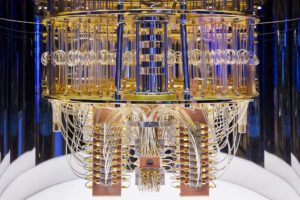

Quantum information science and engineering is one of the hottest fields in engineering – and ECE wants to make it accessible to everyone.

Aditya is creating high-resolution, accessible, scalable, and portable imaging radars that are 200x cheaper and 100x smaller than what is currently available.

Yoo is making memory devices more flexible and tunable, making them irresistible for modern AI applications.

Prof. Zetian Mi’s team proved the viability of a reconfigurable, ScAlN/AlGaN/GaN ferroelectric HEMT transistor that is critical for next-generation communication and computing systems
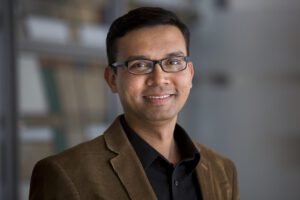
The tool is expected to advance the study of exciton dynamics, which could help identify new research directions for clean energy and information technology.
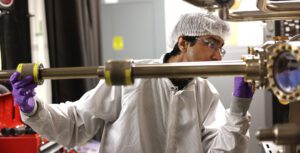
Navid’s research is focused on artificial photosynthesis and optoelectronics using III-Nitride based semiconductor materials.
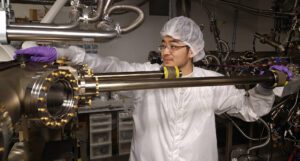
Xiao has been working on several projects in Prof. Zetian’s Mi’s group, including micro LED technology and renewable energy.
Next-gen computing material gets down to the right size for modern manufacturing.
The post Nanoscale ferroelectric semiconductor could power AI and post-Moore’s Law computing on a phone appeared first on Michigan Engineering News.
Led by Prof. Becky Peterson, the research focuses on a category of materials important for low power logic operations, high pixel density screens, touch screens, and haptic displays.
The post Scalable method to manufacture thin film transistors achieves ultra-clean interface for high performance, low-voltage device operation appeared first on Michigan Engineering News.
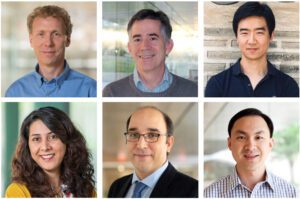
Elaheh Ahmadi, David Blaauw, Michael Flynn, Hun-Seok Kim, Hessam Mahdavifar, and Zhengya Zhang bring their expertise and creativity to this nationwide undertaking in the area of semiconductors and information & communication technologies.